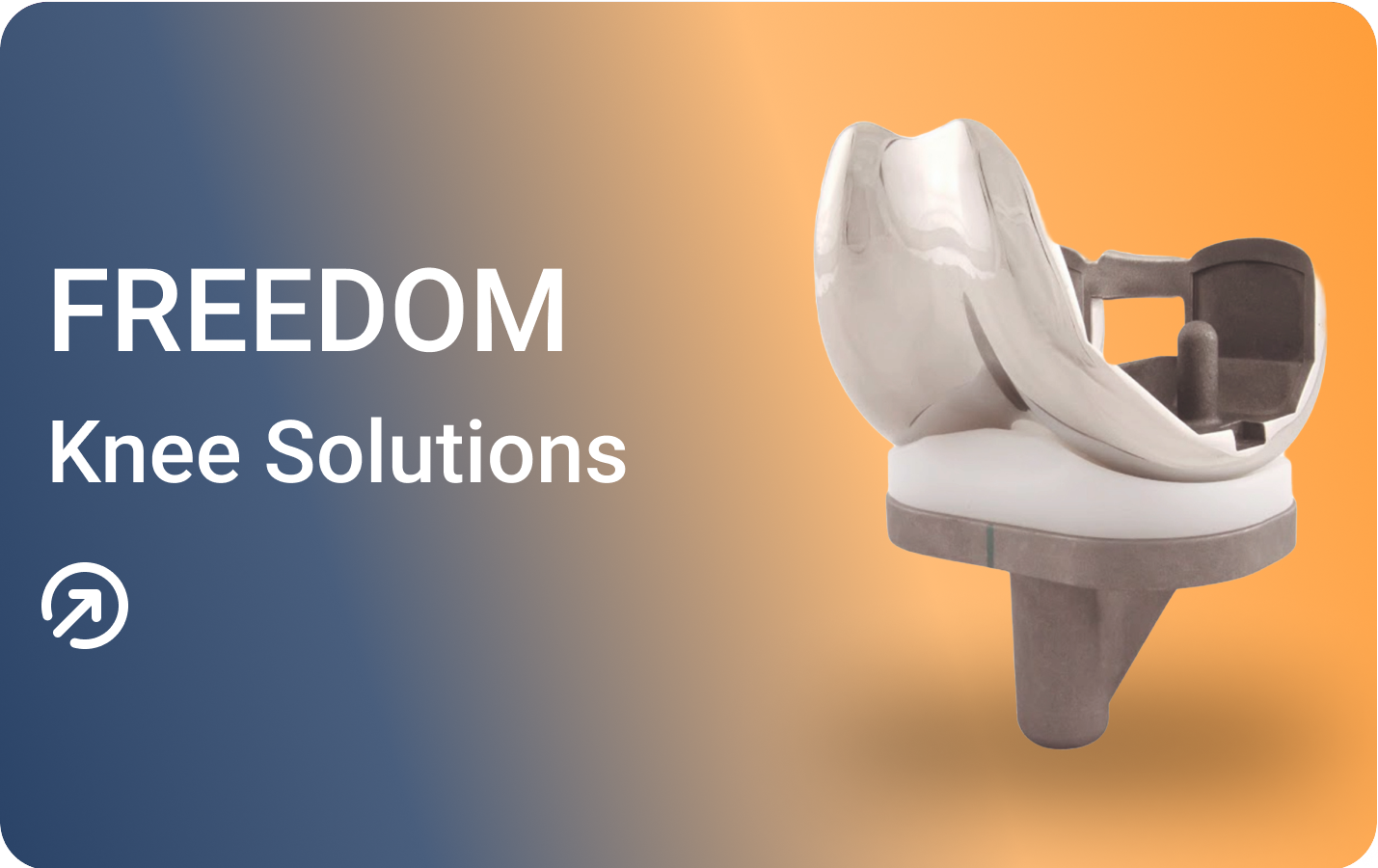Freedom Knee
“Crafted for Comfort, Engineered for Ease”
Freedom knee has been designed after extensive research and in concordance with leading orthopedic surgeons to ensure better anatomical conformity and a simpler surgical process.
Furthermore, the freedom knee system has been rigorously tested and demonstrated a 98.3% survival rate at 10 years post-index primary TKA*. This study highlights the system's optimum safety, performance and efficacy in achieving pain relief, functional restoration, the creation and maintenance of a durable prosthetic composite.
Bone Preservation
The Freedom knee implant's minimal bone resection preserves joint integrity and natural anatomy.
The Freedom knee implant is engineered for optimal bone preservation, featuring a small box cut volume ranging from 5.5 cm³ to 10.48 cm³. Minimal bone resection is essential for maintaining the knee’s natural structure and integrity by preserving healthy bone.
By conserving more of the patient's native bone, the implant ensures a proper anatomical fit. This feature is particularly important for younger, active patients, as it maintains sufficient bone stock, in case the need arises for any future procedures.

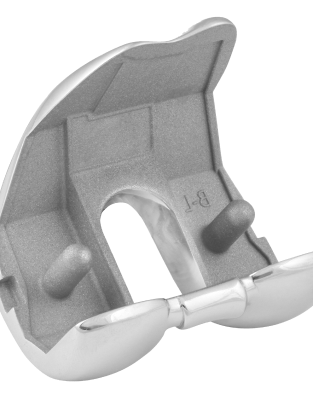

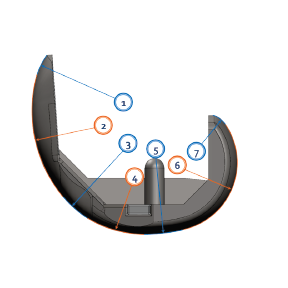
Stability
Optimized area of contact ensuring uniform load dissipation and knee flexion.
The Freedom Knee implant is meticulously engineered with seven distinct radii, each serving a specialized function. Radii 1, 2, and 3 are designed to optimize patellofemoral contact, ensuring smooth tracking over a thin anterior flange. This design enhances the extensor mechanism and minimizes contact stress by distributing load uniformly.
Radii 4, 5, 6, and 7 are crucial for managing femoral rollback and flexion, accommodating a wide range of biomechanical requirements from walking to climbing stairs. These radii ensure optimized area of contact, facilitating uniform load dissipation in both extension and flexion, thus minimizing contact stresses.
This comprehensive design approach ensures the Freedom knee implant delivers superior performance and durability across various activities, maintaining joint integrity and patient comfort.
Natural Kinematics
A modified post-cam design mimics natural knee movement, allowing greater flexion and rotation up to 15 degrees, which reduces polyethylene wear.
The Freedom knee implant features a modified post-cam mechanism that engages in deep flexion, and offers 15 degrees of rotation to prevent post-cam impingement. This ensures stability, posterior clearance, and protection against subluxation.
As the cam/spine mechanism engages, the contact point moves down the spine with increasing flexion, thus, reducing the moment arm of the load on the spine. This provides resistance to tibiofemoral subluxation, particularly at higher flexion angles.
The combination of these features makes the Freedom knee implant exceptionally effective in maintaining joint stability and integrity during deep flexion movements.

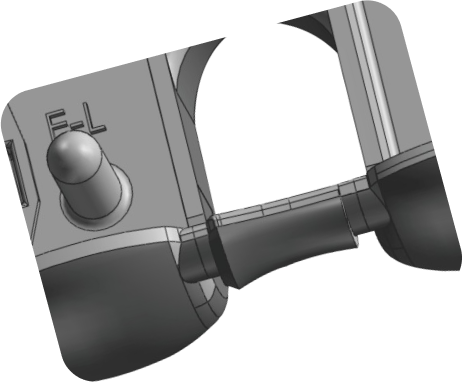

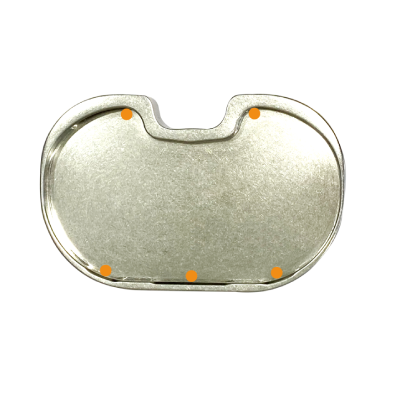
Longevity
Advanced Five-Point Locking Mechanism and Surface Roughness for enhanced longevity of the implant.
Both the Freedom Cruciate Retaining and Posterior Stabilizing tibial inserts feature an advanced, identical five-point locking mechanism. This mechanism ensures robust fixation and stability of the inserts. This combined with the inside surface roughness of ~11 µin, minimizes micro-motion at the tibial interface, reducing backside wear of the polyethylene.
Reducing micro-motion and wear leads to improved implant performance and patient outcomes, ensuring long-term reliability and stability
Key Elements
- Optimized A-P and M-L ratios for the femur and tibia
- 6° deep trochlear groove
- 7th radius in the posterior condyle
- Modularity of sizes and compatibility
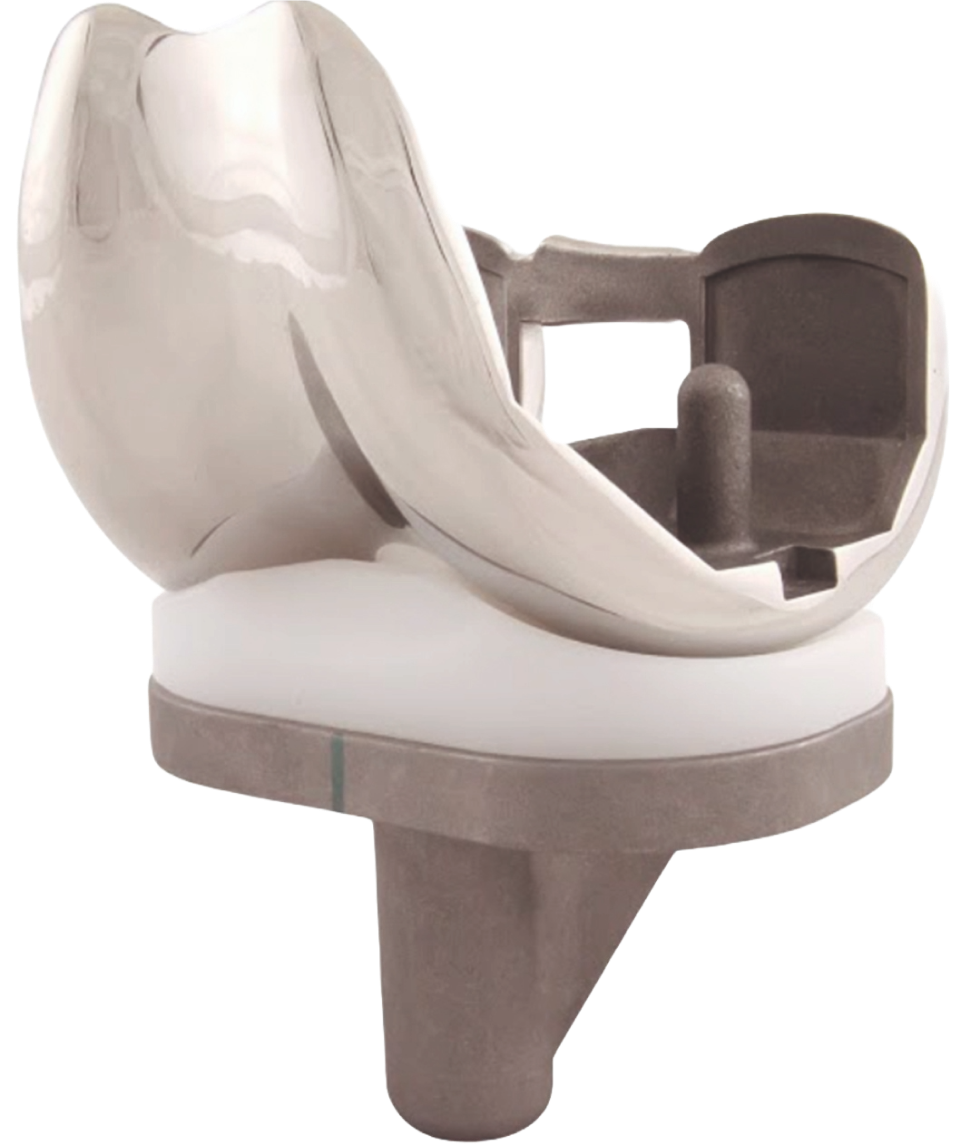
- Asymmetrical cam and post mechanism for rotation up to 15°
- Thin anterior flange
- Small femoral box profile
- 5 point peripheral locking mechanism
Product Milestones

55+
countries in
which the product
is available


550K+
procedures
performed
till date


15
years of
Freedom
Knee


98.3%
survival
rate in
10 years

Testimonials
Now






